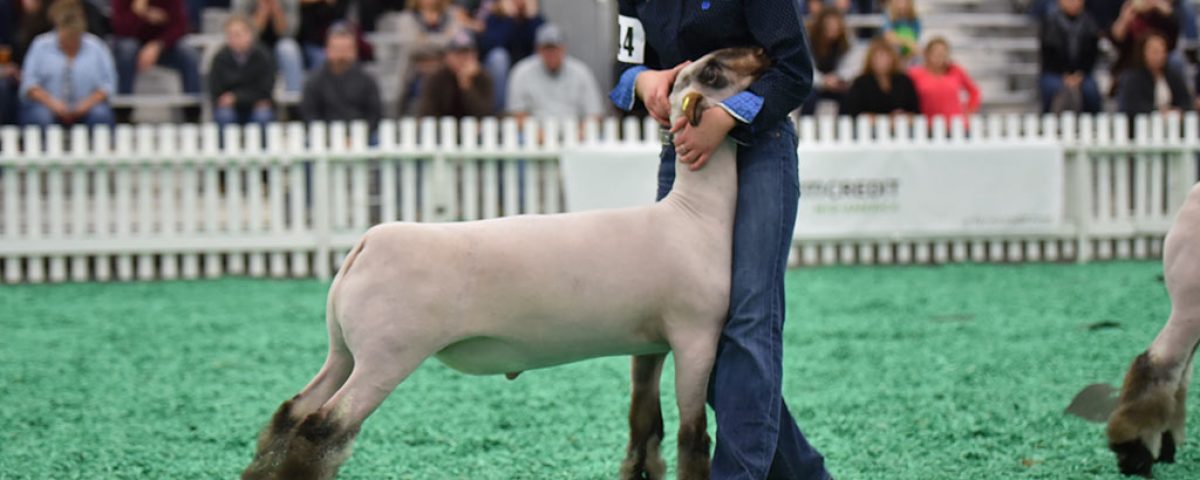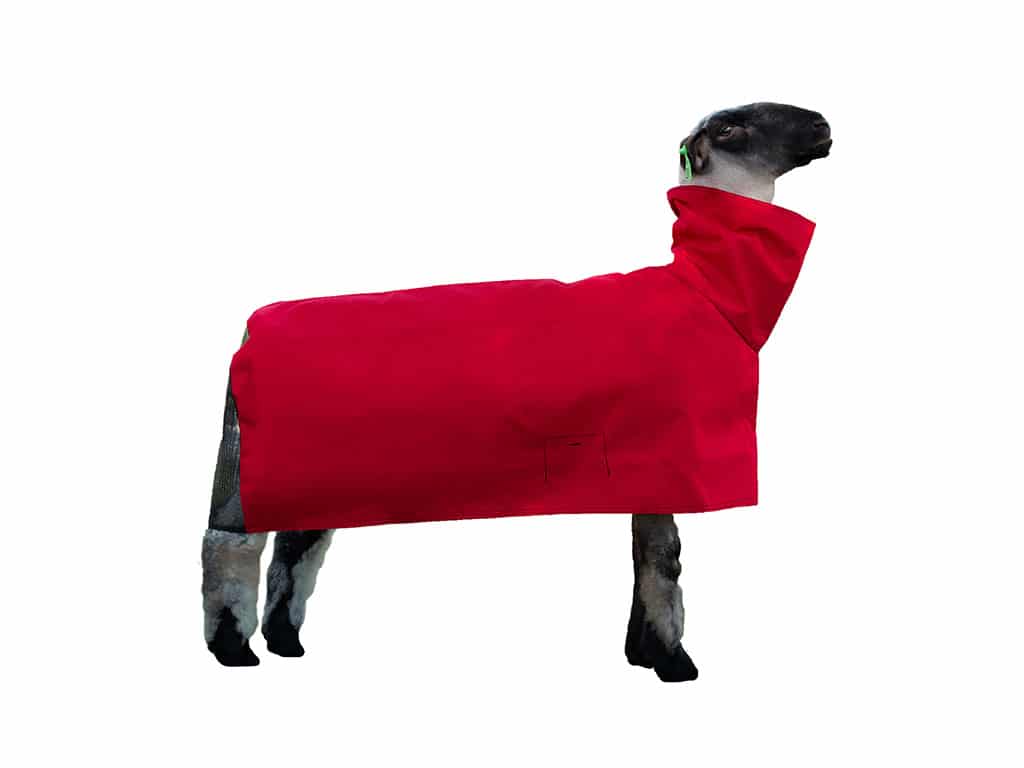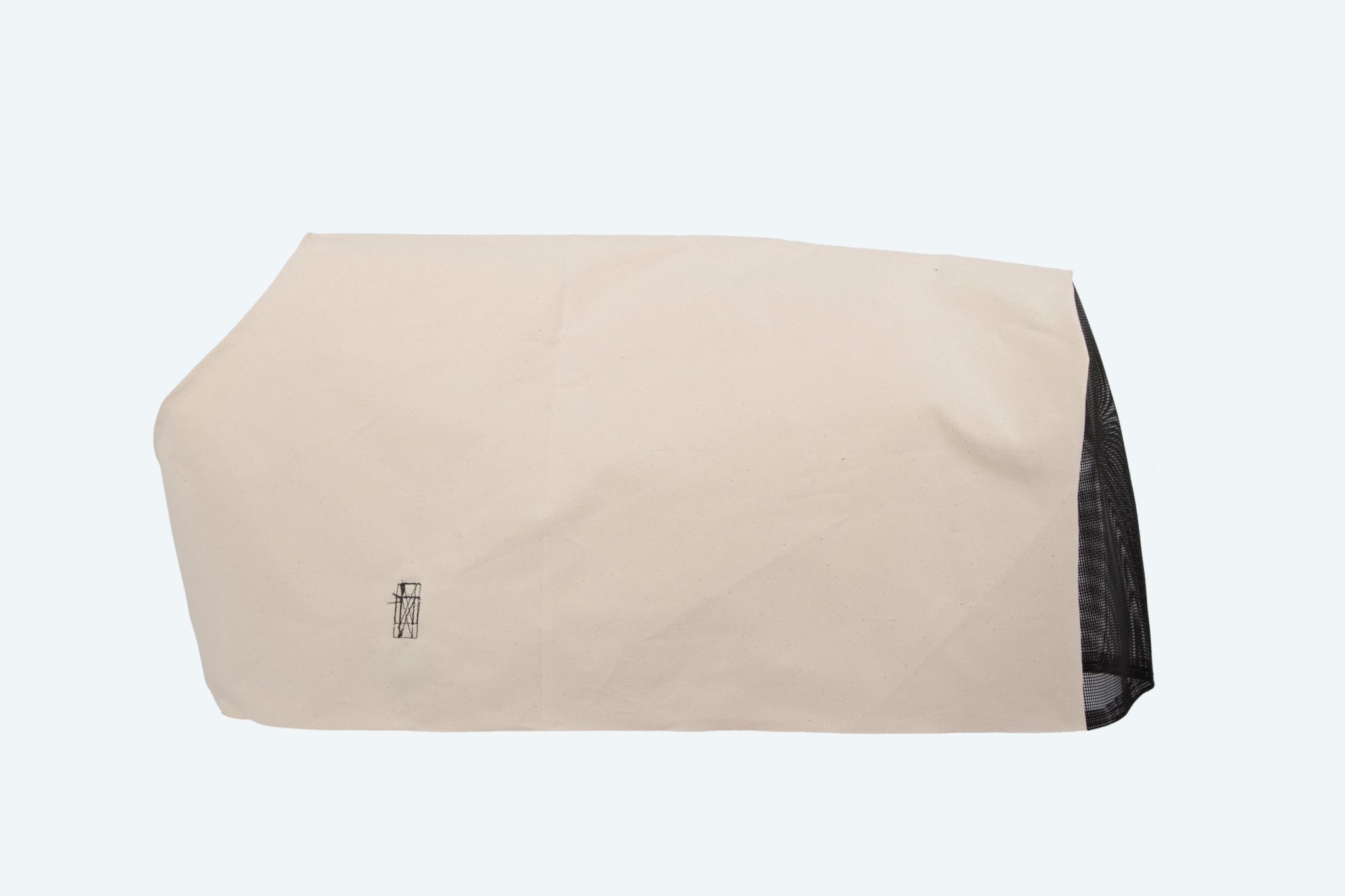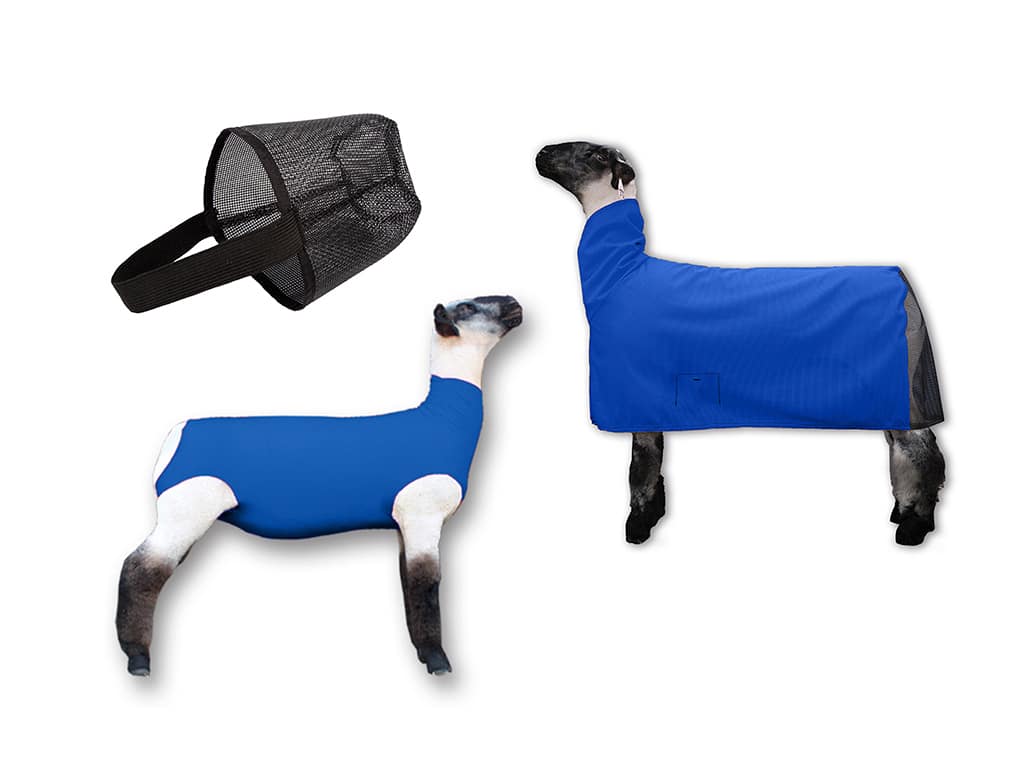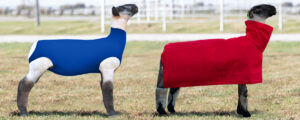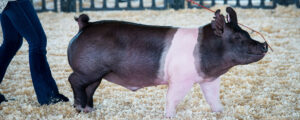Regardless of whether you are a newcomer to the show world or a seasoned veteran, you realize how much work is needed to prepare your sheep for the exhibition. Among the many requirements, participating animals have to be free of any contagious or infectious diseases. Most states will require proof of this, usually in the form of a health certification.
With summer right around the corner, it is important to note that this is the worst season for ringworms.
Breeding, raising, and exhibiting market sheep and lambs is as fun as it is profitable. However, it can also be very challenging – particularly when owners are faced with sheep wool fungus. It can be a tricky condition to deal with, so the best cure is prevention. And the best way to prevent it is through education.
What Causes Wool Fungus?
Not so dissimilar to the kind found in cattle, ringworm in sheep can be caused by a couple of different fungi: Microsporum and Trichophyton. It was not prevalent in the United States until 1989, when it began appearing more frequently in the western half of the country. Within a few years, it had made its way to the eastern side as well.
The microorganisms that are responsible for wool fungus can easily be transmitted between animals by coming into contact with equipment and even fencing and trailers that may be carrying the fungi. Additionally, the infection can be transmitted to humans. Left untreated, it can lead to severe skin lesions that can create prominent scarring.
If you own market lambs and sheep, it is worth taking the time to learn to recognize, treat, and – most of all – inhibits the formation of sheep wool fungus. Read on for our top pro tips for prevention.
Don’t Over Groom
While at home, owners should avoid sheering their sheep and lambs too often. Their wool serves as a protective barrier to the skin and is coated with natural oils, including lanolin, which is particularly important for fighting off wool fungus. It consists of a combination of oils, alcohols, esters, and waxes that coat the wool fibers and block those pesky fungal microorganisms. Constant clipping and bathing breaks down this compound and leaves the animal far more prone to  infection.
infection.
Use Sheep Blankets to Prevent Wool Fungus
While a sheep’s wool provides a great natural barrier on its own against wool fungus, sometimes it still is not quite enough. Owners can further protect their animals by covering them up with sheep blankets, both at home and at shows. Avoid sharing covers and other equipment – especially electric clippers – between animals, even your own. It might seem counterproductive, but remember to only wash blankets once a year. This prevents the natural lanolin buildup from being washed away and helps to further protect the animal.
Tip #3: Use a Disinfectant
When participating in shows, and even at home, one of the best ways to manage and prevent wool fungus infections is through the use of disinfectants containing chlorhexidine. It can safely be applied to living spaces and equipment with no fear of harm to the sheep. Some can even be sprayed directly on the animal. When you arrive at the show, spray down the pen before the sheep is placed inside.
Tip #4: Stay Vigilant When You Get Home
Once the show is over and the animals are returned to their home pens, cover the sheep again with their protective blankets. In addition, make sure to pay attention to your own personal hygiene. No matter how careful you were, you have no way ohttps://uswhip.wpengine.com/product/sheep-blankets/f knowing whether you picked up the fungus at the show. So be sure to thoroughly wash up and change your clothes before handling the sheep again.
Conclusion
The most effective way to deal with sheep wool fungus is to practice prevention. Stay proactive to avoid the spread of the infection by following our pro tips listed above. Watch for any indication that an animal is getting sick and start treatment if necessary. Not all infections can be avoided, but taking the necessary precautions will ensure a better show season.
Most importantly, remember that showmanship is about learning, friendly competition, and having fun. A little hard work can go a long way.
